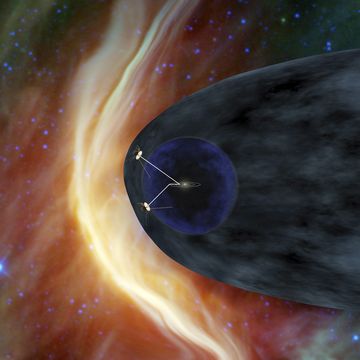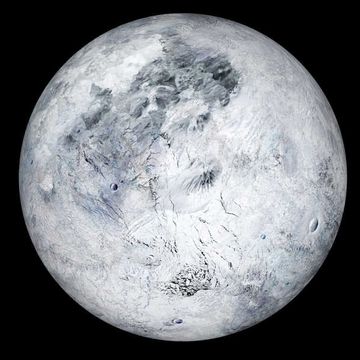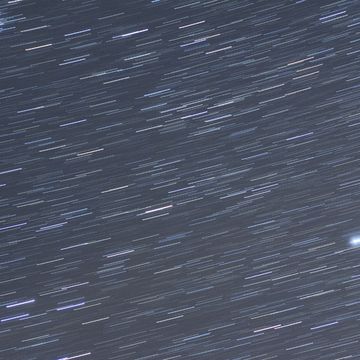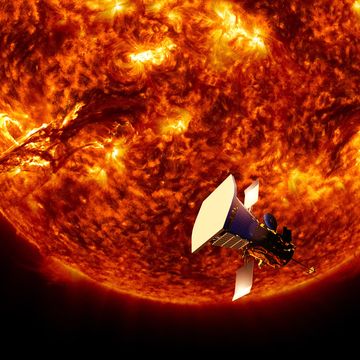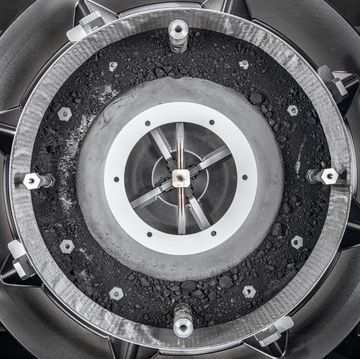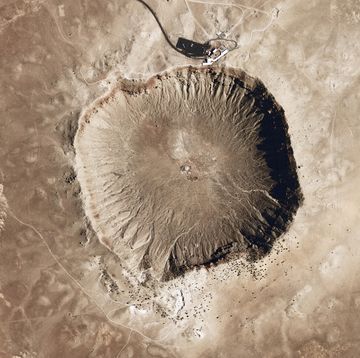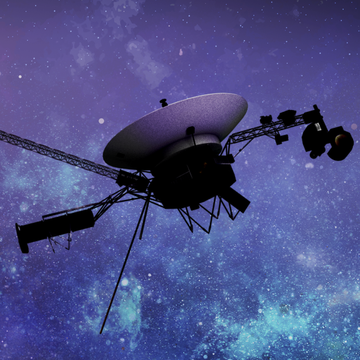- At 5:34 a.m. E.T. on Saturday, NASA's Lucy mission is scheduled to launch from the Florida Space Coast region.
- The mission is designed to study Jupiter's Trojan asteroids—named for famous characters from Greek Mythology—which flank the gas giant along its orbit.
- This is the first mission to study the ancient asteroid clusters.
NASA's Lucy mission, destined to explore the Trojan asteroids that surround Jupiter, is scheduled to launch bright and early on Saturday morning. It will be the space agency's longest mission yet.
If all goes according to plan, the 3,000-pound spacecraft, tucked within a United Launch Alliance (ULA) Atlas V rocket, will liftoff from Cape Canaveral Space Force Station at 5:34 a.m. E.T. NASA will begin live-stream coverage of the launch at 5:00 a.m. E.T. (which you can watch here or in the video at the top of this story).
🛰 Space is a trip. Let's explore it together
The Lucy mission (which has notably escaped the clutches of NASA's acronym machine) is named for the fossilized Australopithecus afarensis skeleton nicknamed "Lucy." In the same way that this Lucy, one of the best-known early human species, helped anthropologists unlock the secrets of our evolution shortly after its discovery in 1974, NASA hopes that the Lucy asteroid mission will help us better understand the evolution of our solar system.
This will be the first mission to Jupiter's Trojan asteroids. Our solar system's largest planet is flanked on both sides by a massive cluster of asteroids. These asteroids—the largest of which, 624 Hektor, is observed to be almost 140 miles across—are leftovers from the formation of the solar system roughly 4.5 billion years ago.
It will take the Lucy spacecraft approximately four years to reach its first destination, the asteroid Donaldjohanson (named for one of the Lucy skeleton's discoverers) in the asteroid belt between Mars and Jupiter. From there, it will march on toward the first set of Trojan asteroids, where in 2027 it will fly by the asteroid Eurybates; its satellite, Questa; and the asteroid Polymele. A year later, it will swing by the asteroids Leucus and Orus. Then, it will zip back to Earth, take advantage of our planet's gravity, and slingshot itself toward the other cluster of Trojan asteroids on the other side of Jupiter. In 2033, it will study the peculiar binary asteroid system Patroclus and Menoetius.
Lucy is equipped with a suite of high-tech instruments, including the hybrid imager-infrared spectrometer, L'Ralph (which will probe the chemical composition of each asteroid's surface) and black-and-white cameras that researchers will use to analyze the asteroids' surface features, like craters. Throughout the duration of its roughly 12-year primary mission—the longest of any NASA mission yet—the spacecraft will only spend a total of about 24 hours collecting data.
Comparing the compositions of both clusters of asteroids (which seem to differ slightly based on current observations) could shed light on what elements were present when they formed. Ultimately, understanding how these rocky, icy bodies came to rest in their current orbits could help researchers understand, in more granular detail, exactly what happened as the solar system began to take shape.
Soon—well, okay, make that roughly ten or 15 years—we may have some answers, thanks to Lucy.
But first, liftoff.
🎥 Now Watch This:
Jennifer Leman is a science journalist and senior features editor at Popular Mechanics, Runner's World, and Bicycling. A graduate of the Science Communication Program at UC Santa Cruz, her work has appeared in The Atlantic, Scientific American, Science News and Nature. Her favorite stories illuminate Earth's many wonders and hazards.





